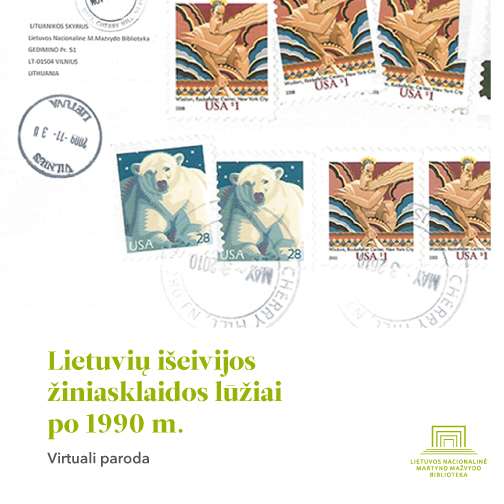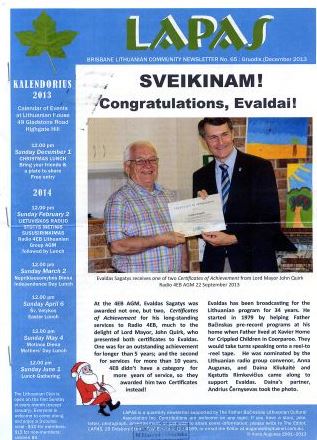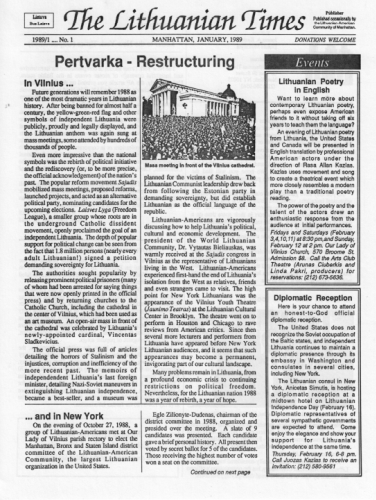
On July 17, 2020, the Day of Lithuanian Unity in the World, the National Library of Lithuania presented a new virtual exhibition dedicated to the Lithuanian press abroad after 1990.
The exhibition consists of seven chapters. It invites to learn more about the newspapers and magazines published in Europe, the United States of America, South America, Canada and Australia. Extremely rich and diverse corpus of Lithuanian press published in the US is worth a separate exhibition, for example, the daily Draugas, founded in 1909, is the oldest Lithuanian newspaper published without a break in the world.
Topical issues of the Lithuanian press in America are also discussed in the section on periodicals which have been transferred to Lithuania after the country regained independence. Lithuanian radio and television programs abroad also receive special attention in the exhibition: from the Margutis Radio Program, founded in 1932 in Chicago, to the contemporary podcasts accessible on the Internet.
Continue reading “Virtual Exhibition “Lithuanian Diaspora Press after the Year of 1990””


